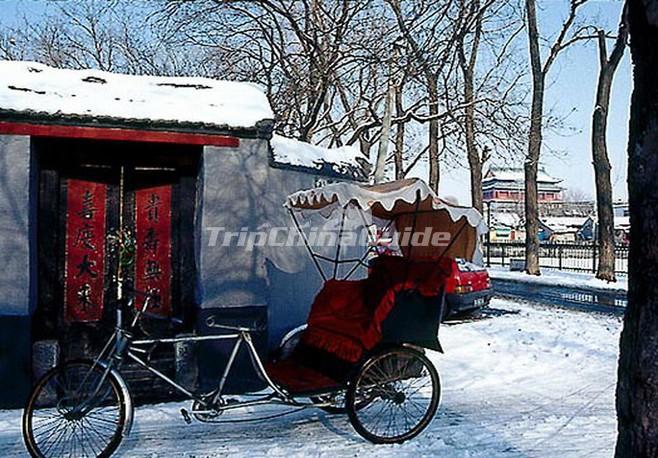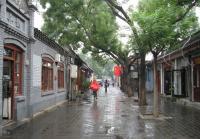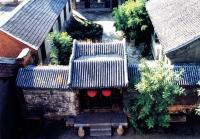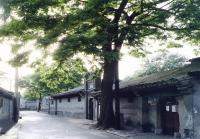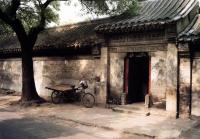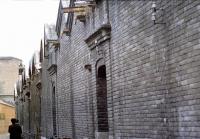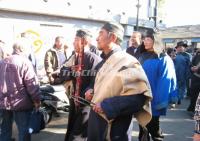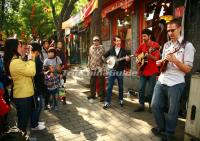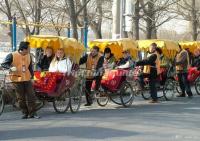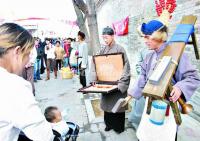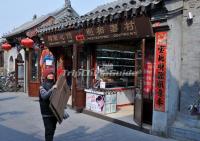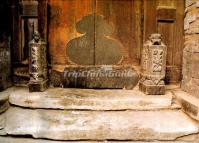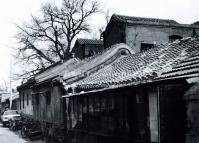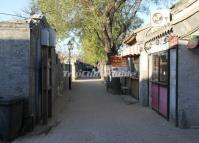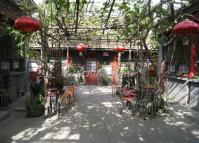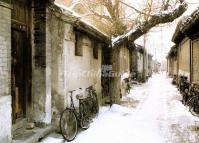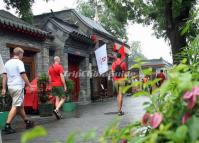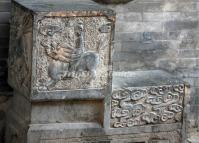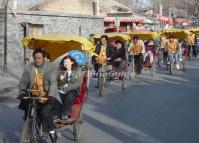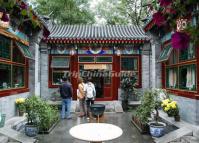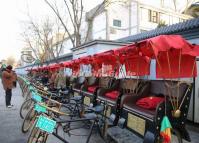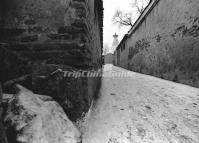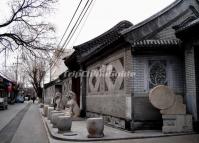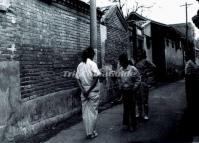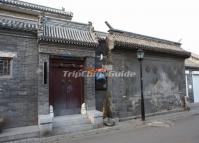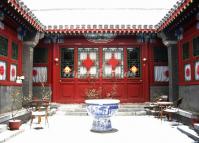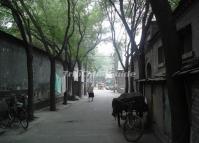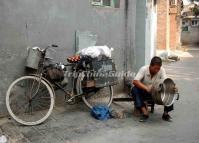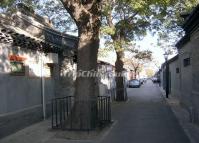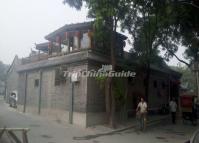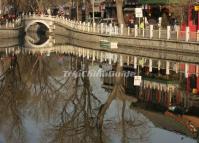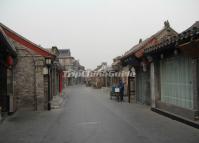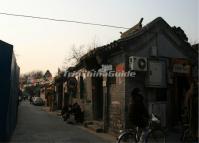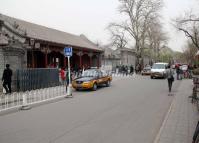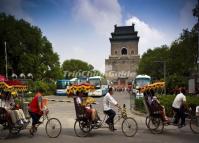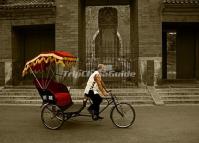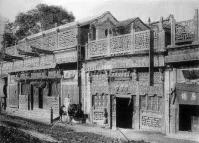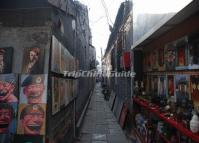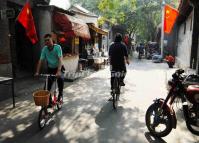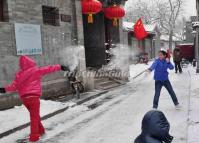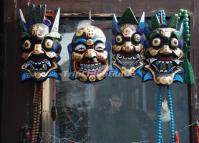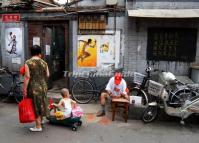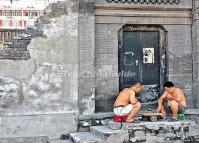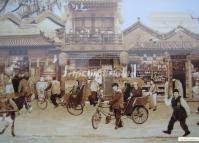Beijing Hutongs
In old China, streets and lanes were defined by width. Hutongs were lanes no wider than 9 metres. Many are smaller; Beijing hutongs range in width from 10 metres down to only 40 centimetres.
During China's dynastic period, emperors planned the city of Beijing and arranged the residential areas according to the etiquette systems of the Zhou Dynasty (1027 - 256 BC). At the center was the Forbidden City, surrounded in concentric circles by the Inner City and Outer City. Citizens of higher social status were permitted to live closer to the center of the circles. Aristocrats lived to the east and west of the imperial palace. The hutongs they formed were orderly, lined by spacious homes and walled gardens. Farther from the palace, and to its north and south, were the commoners, merchants, artisans and laborers. Their siheyuan were far smaller in scale and simpler in design and decoration, and the hutongs were narrower.
Since the mid - 20th century, the number of Beijing hutongs has dropped dramatically as they are demolished to make way for new roads and buildings. More recently, some hutongs have been designated as protected areas in an attempt to preserve this aspect of Chinese cultural history. In Beijing, the hutongs in the vicinity of the Bell Tower and Shichahai Lake are especially well preserved. Some are several hundred years old, and attracts tourists who tour the quarter in pedicabs.







